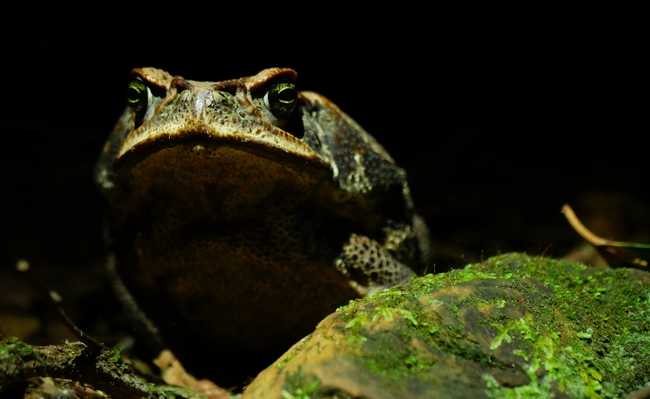What are organochlorines?
Find out what are the harm of organochlorines to humans and the environment

An organochlorine, organochlorine, organochloride, organocarbon or chlorinated hydrocarbon is an organic compound widely used by industry since the 1940s. Organochlorines can be found in pesticides used in foods such as pesticides, paints, plastic, varnish, among others. They are divided into toxaphene, hexachlorocyclohexane, dodecachlor, chlordecone, DDT and cyclodiene groups.
In the farming
In agriculture, organochlorines are used on a large scale as a pesticide. Its use is intended to make agricultural production viable through the extermination of pests, which often end up with food production. The problem, however, is that organochlorines, after their use, remain active in the environment for long periods, harming ecosystems.
The worst thing is that they contaminate soil, food, water, air and organisms. They reach the soil not only through direct application, but also through their use in seeds. Rainwater can transport them to rivers and lakes and these pesticides can also seep into the soil and contaminate groundwater.
About 25% of organochlorine production reaches the sea through the atmosphere and can enter the ocean food chain.
Beginning of use in Brazilian agriculture
Starting in 1970, the agricultural credit incentive policy, which encouraged export-oriented production, forced farmers to use unnecessary technological packages. In these packages were the pesticides recommended for the control of pests and diseases, even without the occurrence of pests.
Consequences to the environment
Contamination by organochlorines is worldwide, and it is already possible to find them even in the snow of Alaska.
The persistence of organochlorines in the environment harms the reproduction of sea trout, sea eagle, dolphins, falcons, eagles and goshawks, affecting the entire food chain, including humans.
Intoxication in humans
Organochlorines do not dilute in water, on the other hand, they are fat soluble. And animals, including humans, are very high in fat, which is why the persistence of this substance in our bodies is so great. We can absorb organochlorines through the skin, through breathing, through direct contact with industrial work or through daily exposure to materials that contain these substances, such as varnishes, walls, plastics and ingestion of contaminated food.
If a high dose is absorbed in a short period of time, the symptoms are immediate - they can be reversible, but they can also be fatal.
If the absorption of organochlorines is lower and in the long term, it is worse, as it has no symptoms and the damage is irreversible.
Organochlorines absorbed by humans have the potential to damage kidneys, liver, brain, heart, bone marrow, adrenal cortex and DNA (causing cancer). In addition, they can harm the reproductive system, bringing other adverse health effects, such as stillbirth and miscarriage, reduced weight and size of the newborn, depression of the immune system and reduced bone strength.
Women are most harmed
Women who also work directly in contact with organochlorines in industry and agriculture are exposed to this type of substance both through contact with everyday products that contain organochlorines and through contaminated food. However, because they have a greater amount of body fat and greater hormonal variation, they are more harmed than men, accumulating a greater amount of organochlorines in the body over the years. Therefore, there are more women affected by breast cancer, fibromyalgia, chronic fatigue and Multiple Chemical Hypersensitivity Syndrome than men, generally diagnosed as allergy.
Those who consume meat and milk are even more harmed
Because they are fat-soluble substances, that is, they dissolve in fat. The animal's tissue and milk are full of organochlorines from the feed made from contaminated soy. Therefore, those who consume meat and milk have an even greater accumulation of organochlorines than the group of vegans.
A study published by the Scandinavian Pediatric Journal Pediatric Scand Minutes showed a greater presence of pesticides in the breast milk of omnivorous women compared to vegetarians.
Encouraging organic agriculture is a way out
One way to reduce exposure to organochlorines is to prioritize the consumption of organic foods. Find out what organic agriculture is, its benefits and advantages. Campaigning to reduce and eliminate organochlorines from food production is another.










